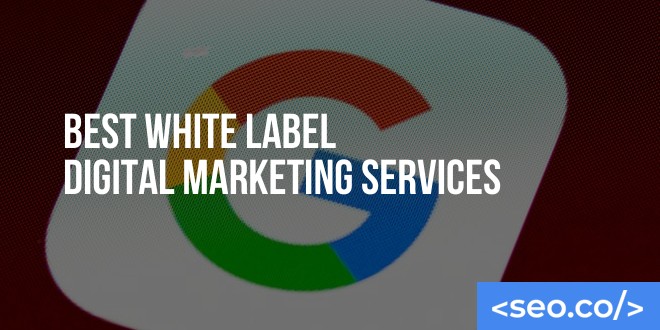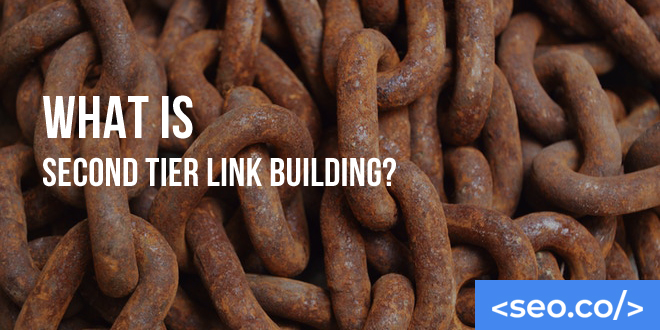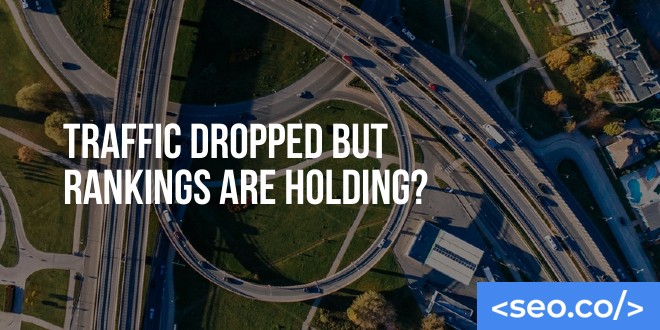
ChatGPT, BARD & The Death of the Search Engine Long Tail
SEO isn’t yet dead. Neither is link building. But artificial intelligence is shaking up the search world more than those 10 blue links ever did nearly three decades ago. SEOs and webmasters alike are concerned with the prospects of what the next incantation of the internet will look like and how it will impact both business and the bottom-line. Rightfully so. Here’s a glimpse of how AI is changing search and what you can do to stay relevant. The Longtail in SEO is Dead The longtail has always been the SEO’s secret weapon: Use keyword research to find low-competition, low-volume keywords where you can quickly and easily dominate competitors for niche-related queries. In fact, the common phrase digital marketers have used for websites looking to get more exposure has always been, “Focus on the longtail!” It’s been the age-old Art of War imperative to “go where the enemy isn’t.” AI is changing that game. The importance of certain ranking factors will continue to shift. For example, content quality, relevance, and uniqueness may become even more important than they already are, since Bard will be able to generate high-quality content that meets these criteria, without ever having to click, which has been a purposeful search engine algo trend for some time. In addition, those top-of-the-funnel informational queries can more easily be answered by AI than ever before. Searches like: “How does ….?” “How many….?” “How to…?” “When did….?” “Why does….?” “Who is ….?” etc. Unfortunately, these types of searches are dominant in overall queries in search. They also make up the majority of the long tail, which is now more likely to be dominated by machines. But that doesn’t mean you can’t fight against it. Here are just a few other ways artificial intelligence and machine learning are changing how we use search engines. Content Creation As Bard and ChatGPT become more advanced, it’s possible that content creation may shift towards using machine-generated content, which will change how websites create and optimize content for search engines. Keyword Research With language models like Bard and ChatGPT, keyword research may become less important, since these models are able to understand the meaning behind user queries and generate relevant content without relying on specific keywords. User Engagement With the use of ChatGPT to create conversational interfaces, website owners may be able to improve user engagement and potentially increase rankings by providing helpful information to users through chatbots or other interfaces. Quality Over Quantity With the ability of language models like Bard to generate high-quality content, there may be an increased emphasis on content quality, relevance, and uniqueness as ranking factors. Web Design With the emergence of conversational interfaces powered by ChatGPT, website owners may need to consider new design elements that facilitate these types of interactions, such as chatbots or messaging interfaces in a low-code, no-code environment. How to combat AI’s eventual dominance in search engine results The increasing dominance of AI in search engine results is a significant challenge for website owners and marketers. How the format and display in search will fully shake out remains to be seen. However, there are several strategies that can be used to combat this dominance and maintain or improve search engine rankings. Unique, Quality Research (notice I didn’t say content) Quality, unique content that provides value to users has always been a staple, but web creators can’t just pump out generic content any longer. Here is our mantra for combating AI/ML issues with unique copy: Your content should add value to the world, not just include regurgitated fluff from other websites. That means you need to include things that are original and answer questions before they are asked. Your researched content needs to be new. Most AI language models are only relevant to a certain point in time (as of this writing, ChatGPT’s source material is at least a year old). Newly researched material is not going to be available to machine learning models yet. Be the first-to-market with new concepts and you’re more likely to be linked to as the original source — and potentially referenced in future AI searches around the topic. Display your content textually, but it’s more important to be visual. Use charts, graphs and detailed walk-throughs explaining why your research matters. Localize Your SEO Local SEO remains easier for many terms, particularly for mid-market cities and locales. Local SEO searches are also more transactional in nature. Local searches are farther down the funnel, which means someone searching for local keywords are more likely to convert. In this same vein, it will be critical to make sure your local presence is dominated by positivity. That is, your business should include 5-star ratings from the likes of Google, Yelp and local review sites, creating an even greater layer of trust from your potential new clients, customers and patients. Focus on the Medium Tail The short tail will become even more valuable and difficult to rank for. For example, “______ service,” searched nationally will become tougher because there will be fewer click-throughs from organic thanks to AI’s dominance above the fold. However, if someone is looking for “best ________ service in ______,” that’s something that search will likely rank blue links for, but less likely to be dominated. It’s farther down the sales funnel than generic “What is…” or “How to….” long tail phrases, but it’s also more transactional in nature, meaning you’re more likely to find clients through this strategy. Use More Schema Markup Schema markup is a way to provide additional information about your website’s content to search engines. In a world dominated by generic content, schema markup will provide structured information that search engines can parse, better understand and interpret. It means you will be more likely to show in the knowledge graph, AI references and other above-the-fold content. Leverage Video & Other Channels Video channels, including Youtube and TikTok, are massive channels for traffic. Diversify your marketing mix away from the standard blue links. If you lose your top-of-the-funnel







